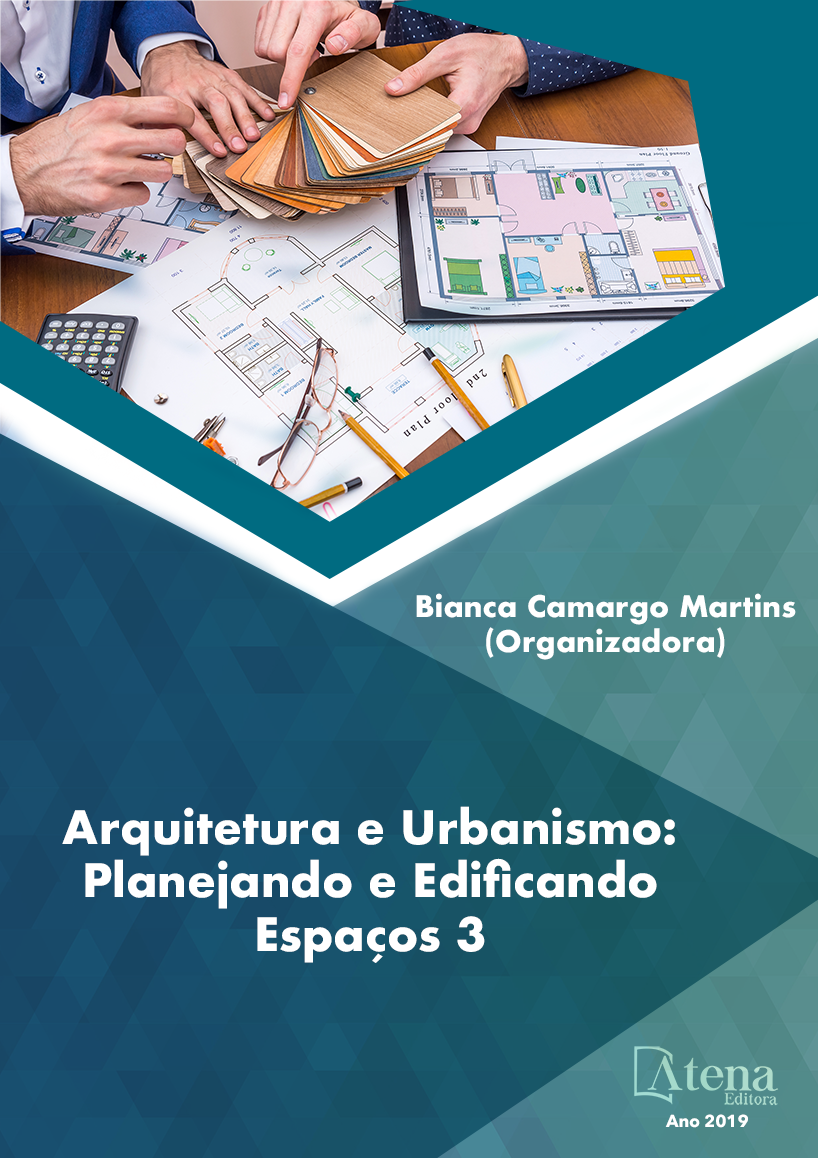
INFLUÊNCIA DA ADIÇÃO DE AGREGADO RECICLADO EM CONCRETOS: UM ESTUDO SOBRE O CISALHAMENTO EM ELEMENTOS ESTRUTURAIS
A construção civil é, atualmente, um
dos maiores setores industriais mais geradores
de resíduos sólidos no mundo. Dentre os
resíduos, os provenientes de concreto e
argamassa são os mais representativos. Desse
modo, encontrar uma destinação eficaz para
estes resíduos vem sendo motivo de discussão
no meio científico pois ainda não há uma
normatização que possibilite seu retorno como
matéria-prima nas obras civis, em elementos
estruturais. O objetivo deste trabalho é verificar
a eficiência da aplicação das normas NBR
6118 (ABNT, 2014), ACI 318 (2005) e Eurocode
2 (2004), em relação ao comportamento ao
cisalhamento, em elementos estruturais com
adição de agregado reciclado de concreto
(ACR). Para isso, realizou-se um comparativo
entre os valores experimentais de ensaios
em vigas com agregado graúdo natural com
percentuais de substituição de 50% e 100%
de ARC e sem armaduras de cisalhamento,
com valores teóricos produzidos através das
normas NBR 6118 (ABNT, 2014), ACI 318
(2005) e Eurocode 2 (2004). Para esse estudo,
formou-se um banco de dados composto
dos resultados experimentais de 70 vigas.
Os resultados apontam que os agregados
reciclados podem ser inseridos em elementos
estruturais, com uma pequena queda da sua
resistência se comparada com o concreto
convencional. Para a aplicação das normas
com segurança em dimensionamento de peças
com agregado reciclado é necessário que seja
feito adaptações.
INFLUÊNCIA DA ADIÇÃO DE AGREGADO RECICLADO EM CONCRETOS: UM ESTUDO SOBRE O CISALHAMENTO EM ELEMENTOS ESTRUTURAIS
-
DOI: 10.22533/at.ed.46519191230
-
Palavras-chave: Cisalhamento; Concreto Estrutural; Vigas; Agregado Reciclado de Concreto (ARC); Normas.
-
Keywords: Shearing; Structural concrete; recycled aggregate concrete (RAC); beams; Standards
-
Abstract:
The construction is currently one
of the largest generators of solid waste in the
world. Among the waste, from concrete and
mortar are the most representative. Finding an
effective allocation for these residues has been
the subject of debate in the scientific community
because there is still no regulation that allows
its return as a raw material in the civil works,
structural elements. The aim of this study is to
assess the efficiency of application of the NBR
6118 standards, ACI 318 and Eurocode 2, for
the use of conventional structural concrete
Arquitetura e Urbanismo: Planejando e Edificando Espaços 3 Capítulo 31 394
in structural elements with the addition of recycled aggregate concrete (ACR). For
the analysis, the beams were studied as to their behavior shear. Since it was made
a comparison between the experimental test values beams with natural coarse
aggregate with percentages of substitution of 50% and 100% of ARC and without
shear reinforcement, with theoretical values produced by the NBR 6118 standards,
ACI 318 and Eurocode 2. Thus were analyzed 70 beams. The results show that the
recycled aggregates can be inserted into structural elements, with a slight decrease
of its resistance compared with conventional concrete. For the application of safety
standards to design parts with recycled aggregate it must be made adaptations.
-
Número de páginas: 11
- Mauricio de Pina Ferreira
- Michelle Cristina de Melo Cordeiro
- MAX WEVERTON MOREIRA DA SILVA


